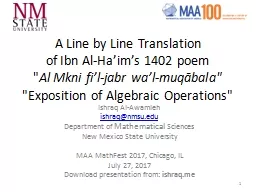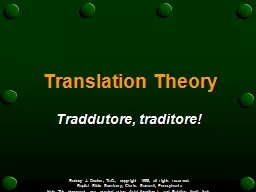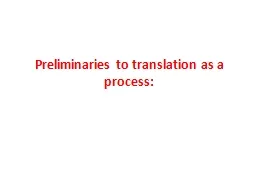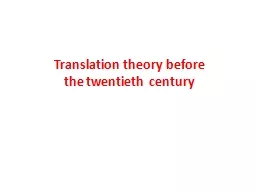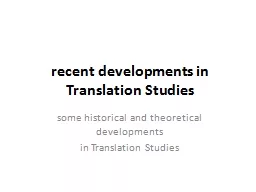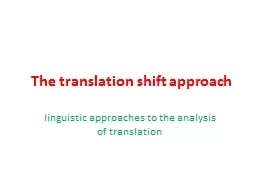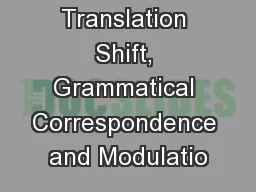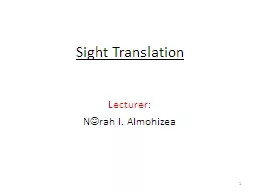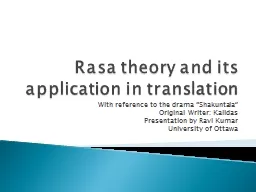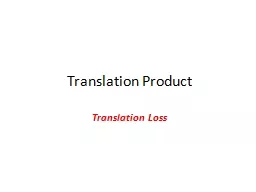PPT-A Line by Line Translation
Author : briana-ranney | Published Date : 2018-02-06
of Ibn AlHaims 1402 poem Al Mkni filjabr walmuqābala Exposition of Algebraic Operations Ishraq AlAwamleh ishraqnmsuedu Department of Mathematical Sciences
Presentation Embed Code
Download Presentation
Download Presentation The PPT/PDF document "A Line by Line Translation" is the property of its rightful owner. Permission is granted to download and print the materials on this website for personal, non-commercial use only, and to display it on your personal computer provided you do not modify the materials and that you retain all copyright notices contained in the materials. By downloading content from our website, you accept the terms of this agreement.
A Line by Line Translation: Transcript
Download Rules Of Document
"A Line by Line Translation"The content belongs to its owner. You may download and print it for personal use, without modification, and keep all copyright notices. By downloading, you agree to these terms.
Related Documents

